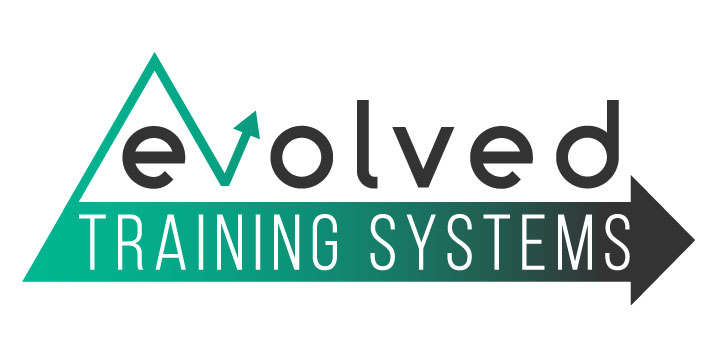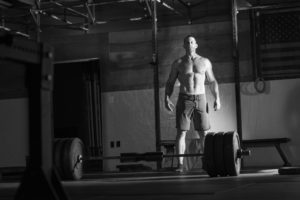Perfect Practice: Creating Good Habits
100 Power Cleans
On Saturday afternoon, it was pouring rain. That same morning, at 6:15am, I was shaken out of deep sleep by the skies splitting open; the loudest strike of thunder I had heard in my eight years in San Diego. With nothing else to do, and being forced indoors, Anders and I decided to venture to the bowling alley for a bro-day of competition.
Bowling with only two people is a completely different experience than bowling with a large group. There were no alcoholic drinks and the entire experience was absent of any dynamic discussions that might slow down the process. We rolled (pun intended) through almost 5 games in 90 minutes. It was quite an epic battle. I managed to take game one with a solid score of 180 (my fourth best all time), but I was unable to string together enough consistency the remainder of the time. Anders won the next three games (and no, I’m not happy to be admitting this in writing).
While driving home after the session, I realized I was somewhat fatigued. My body temperature was definitely higher, and I could tell my arm had been used. I calculated that I had thrown about 100 balls in those 90 minutes.
Anders and I sit up in our office at Garnet every weekday. A lot of the time, we keep to ourselves, listen to Podcasts, and focus on our own individual work. Some of the time, we engage in discussions that span a variety of subjects. Our favorite topic of the last couple weeks is in defining “what is a workout.” Anders introduced this topic to you all in his blog post, last week “A Lifetime of Learning: Fitness.”
With this fresh in my mind, I reflected further on the bowling experience. Much like many other sports, bowling requires extreme precision to be successful. If I throw the ball perfectly down the middle, I will likely create a split, and I won’t be able to achieve the spare. So therefore, I need to aim to hit either the left or right side of the front pin. If my release point is off by even one centimeter, the exponential effect can be disastrous. By the time the ball reaches the pins, it could have drifted off course by much more than one centimeter. I wondered how much energy I was releasing into the ball on each throw, and whether this was equivalent to performing one rep of a 135-pound power clean.
When performing a power clean, the distance the bar moves is substantially smaller than the distance in which the 15-pound bowling ball is moved, so despite the clean being much heavier, maybe the energy transferred from body to object would be similar. A power clean is also an incredibly precise movement. Much like the room for error that exists when releasing a bowling ball, a power clean has an exponential number of opportunities to create error. In a simple sense, the first pull off the ground must be perfect to allow the bar to reach the hips properly, and the contact and extension from the hips must be perfect to ensure an optimal catch position. With each of these three areas, one could assume that each centimeter or millimeter of distance the bar travels, there exists the same opportunity to create error.
On Sunday morning, the rains had subsided, and it was finally nice out! I would have loved to have spent the day body surfing, but the water was disgusting as a result of the run-off from the rains the prior day. Anders decided he was going to workout, and this was my opportunity to test my Power Clean theory.
I warmed up with 6 singles at 95#, then 4 singles at 135#, and then set the clock for 45 minutes. I would complete 1 power clean every 30 seconds for 45 minutes. Each power clean was going to be PERFECT. I was going to have to mentally focus on every single rep to ensure that it was as precise as releasing the bowling ball with the intention of hitting the right side of the front pin. The execution had to be flawless.
At the completion of 45 minutes, I immediately realized I had just stumbled across the holy grail of improving movement efficiency. Despite years, and endless hours spent analyzing Olympic lifting technique, the clean never “clicked” for me like the Snatch did. I was always envious of people that had figured out how to be patient enough to get the bar into the hip crease (or upper thigh) before extension. But after years and years of manipulating different variables, it never happened. Every time I would finish a big clean session and look at the skin on my thighs, there would be a red mark that was 4-6 inches long stretching up my quad. This means that the point where I would make contact with the bar was constantly changing on each rep. On this day, after 100 reps of power cleans, the red mark on my UPPER thighs was only one-inch long. I had managed to make contact with the bar at the SAME SPOT on every rep.
It would be a lie if I told you that every rep was perfect. The feasibility of achieving that is about the same as bowling a perfect game. What I did do was focus exclusively on each power clean. I treated every single rep as if it was 315 pounds. I exerted as much power as I could into each and every rep, and I utilized every one as an opportunity to try and improve upon the last one. For the first time in my life, I did not feel like I was muscling the weight. I concentrated on using the first pull as a means of creating the perfect position for the extension. I sat back into my hamstrings, kept my traps long, and was more patient than I have ever been. I emphasized the timing of the moment that the bar meets the hips, and remained long until the one instant in which the hips aggressively extended upwards, creating a snapping effect just like the thunder that split the sky open the day prior. I then set my delts into the perfect catch position, extending outwards like dinner plates waiting to be served a barbell.
Through these experiences this weekend, I’ve realized that without a doubt, bowling is a workout. Anything we do that forces the mind and body to work together to achieve a task is a version of a workout. I would argue that bowling with the intention of precision is more of a workout than doing things that we commonly consider “workouts” if these workouts are performed in the absence of precision. The mind is an extremely powerful tool, and it is only through attempting to master control of the mind that the body can be manipulated in the desired manner.
————————
Guidelines to replicate this experience:
- Choose a weight that is less than 50% of your one-rep max
- Ensure that you perform the work in such a manner that you avoid fatigue
- Stop the workout as soon as you notice fatigue causing diminishing returns
- Mentally focus the entire time, treating every rep like it’s a max lift
- Attempt to acknowledge (and subsequently fix) a flaw on every single rep performed




